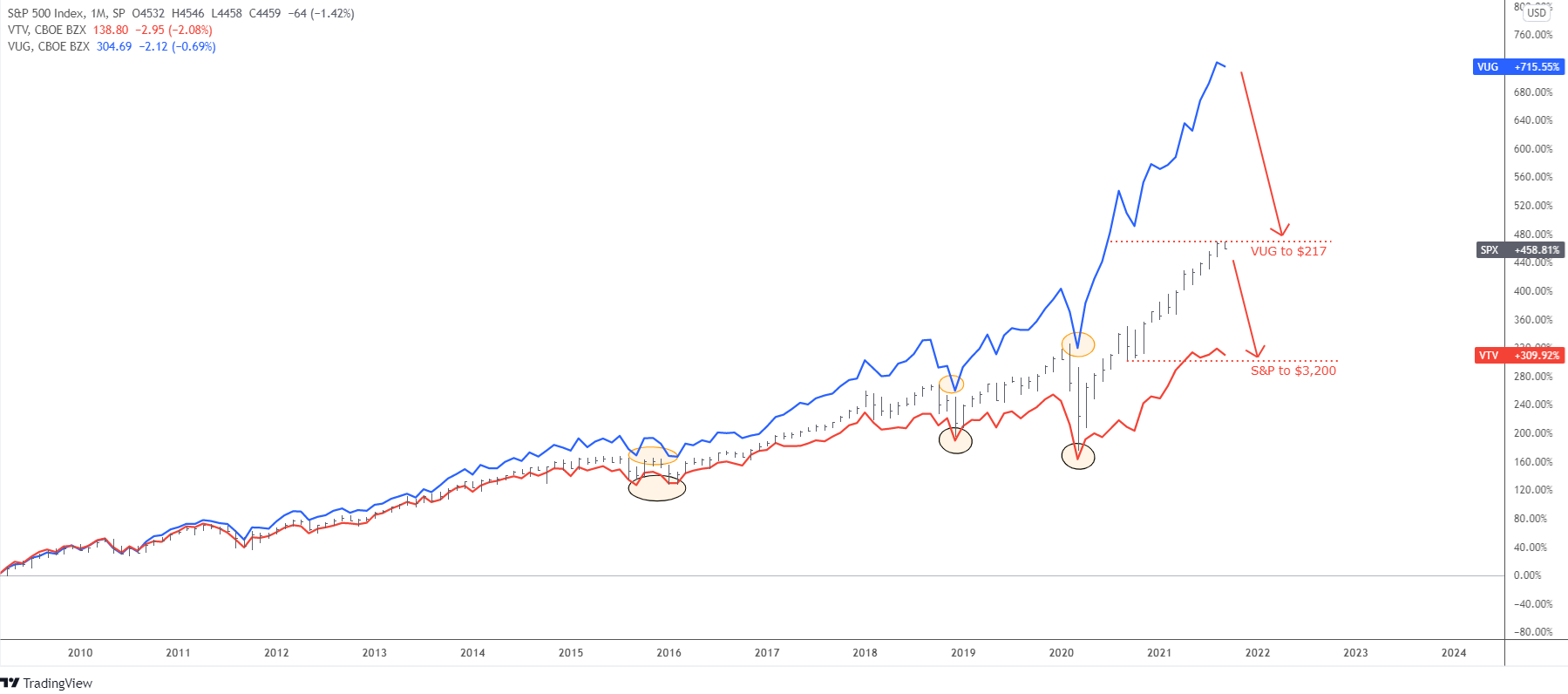Back in March I posited the notion that the S&P 500 would need to fall to about 2,900 before all of the froth that the Federal Reserve had injected into the market through its various monetary stimulus programs dating back to the Great Recession had finally burned off.
On Christmas Eve the S&P closed at 3844, which would put it 19% below its all-time high of 4,766 on December 27, 2021, or about a year to the day.
In recent days some market prognosticators have been warning that the market is poised to fall another 20%, which would put the index at about 3,000, or slightly above my guesstimate.
So do I feel vindicated, if that is the right word? No, and I hope I’m wrong anyway.
First, my guess was not a prediction, just a quick back-of-the-envelope calculation based on my assumption that the Fed was responsible for about half of the stock market’s 600% gain between the March 2009 bottom of 683 and the time I made my comment.
So, if we cut that 600% gain in half, that would reduce the S&P’s gain to a still respectable 300%, or a little below 3,000.
Not an educated estimate, maybe, but I thought a reasonable guess—a worst case scenario, if you will.
Second, we don’t know if these bears will turn out to be right. I hope they’ll be wrong.
I now believe the Fed won’t have to drive the economy into the tank in order to get inflation down to where it wants it to be, probably in the 2.5% to 3% range.
Remember, about two years, in what was considered to be a major policy shift, the Fed said it was willing to let inflation “overshoot” its long-term target of 2% for a time, as it indeed it did.
Now it looks like inflation is dropping a lot faster than most people thought, and the Fed itself is now forecasting that inflation will fall to 3.1% next year before declining in 2024 to 2.5% and 2.1% in 2025, i.e., putting it at its long-term target. Continue reading "My Latest "Prediction" For 2023"


